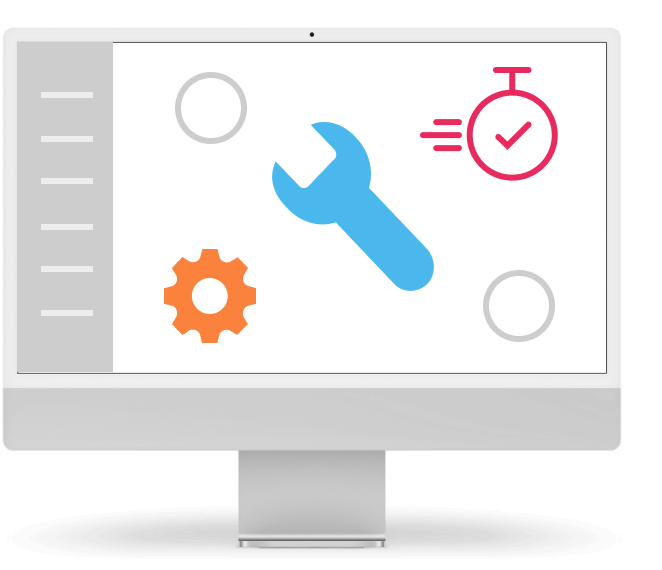CEPH - Clearly Efficient 'Pproach to Hardware
Content
But CEPH as a software-defined storage allows efficient handling of hardware. Moreover, it is an open-source solution. But more on that in a moment.
Within our hyperconverged environment (software-defined everything), we use CEPH technology specifically to provide the highest quality services to our customers. Together, we will now look at why we made this choice.
What is software-defined storage (SDS)?
SDS is an approach that has revolutionized data handling. Previously, it was customary that your physical server contained, among other things, physical components for storing data. If you wanted to swap the storage to another server from another provider, you were out of luck.
Software-defined storage, however, came with the approach of separating hardware from software. The storage architecture is therefore decoupled from the hardware, making it possible to run SDS on any device. In addition to making storage more efficient, it also frees you from vendor lock-in.
Anyway, if the space ran out earlier, good luck with your choice. You must have hit the mark pretty accurately to make the infrastructure scalable. But SDS doesn’t do that anymore, it doesn’t care, so you just pick the hardware you want and your IT doesn’t dictate nonsensical terms.
CEPH is one of the platforms that helps companies take advantage of the principle of software-defined storage. And we are one of them.
What Are the Advantages of CEPH?
CEPH of course takes the general advantages of SDS but adds its own.
Enterprise solution without enterprise solution
Because CEPH works at the software level, it is possible to work with other software elements within storage. This can include data replication capabilities. So you can get storage from regular hardware that provides the availability and performance of an enterprise-level solution.
Goodbye, RAID
CEPH also allows errors to be addressed at a much deeper level, so businesses can take the worry out of having to maintain redundancy at the virtual storage level.
Resiliency to the max
Because of decoupling from physical components, source hardware can reside anywhere in the world. This allows you to maintain high resilience under adverse circumstances.
At the same time, you also don’t have to worry if the technologies you’re running on are outdated. If you need to retire them, you can replace them with newer pieces without any downtime.
Everything at the software level
CEPH is a software-defined storage, so all modifications are done at the software level. This can include security changes, upgrades and downgrades, or moving a virtual machine. None of this requires you to get out of your chair anymore, because the days of physically moving data or adjusting hardware parameters are a thing of the past thanks to CEPH.
What Are the Disadvantages of CEPH?
Of course, we cannot claim that CEPH is the best solution for every company. But if we were to discuss a general disadvantage, it is, surprisingly, as with any other technology, specialized know-how.
CEPH may be an open source technology, but it is still a technology that has its own logic and architecture. So, if a company decides to integrate CEPH into its IT, it must also take into account that the technicians have to learn everything or outsource it to external CEPH experts.
Why Should You want a CEPH Environment?
CEPH offers a lot of possibilities to work efficiently with hardware. And efficiency is a common element of interest to both engineers and managers. So it’s a topic on which you can collectively agree. Whether it’s buying the services of a provider that builds on CEPH, or whether you need to incorporate a hybrid or private cloud within your own IT.





